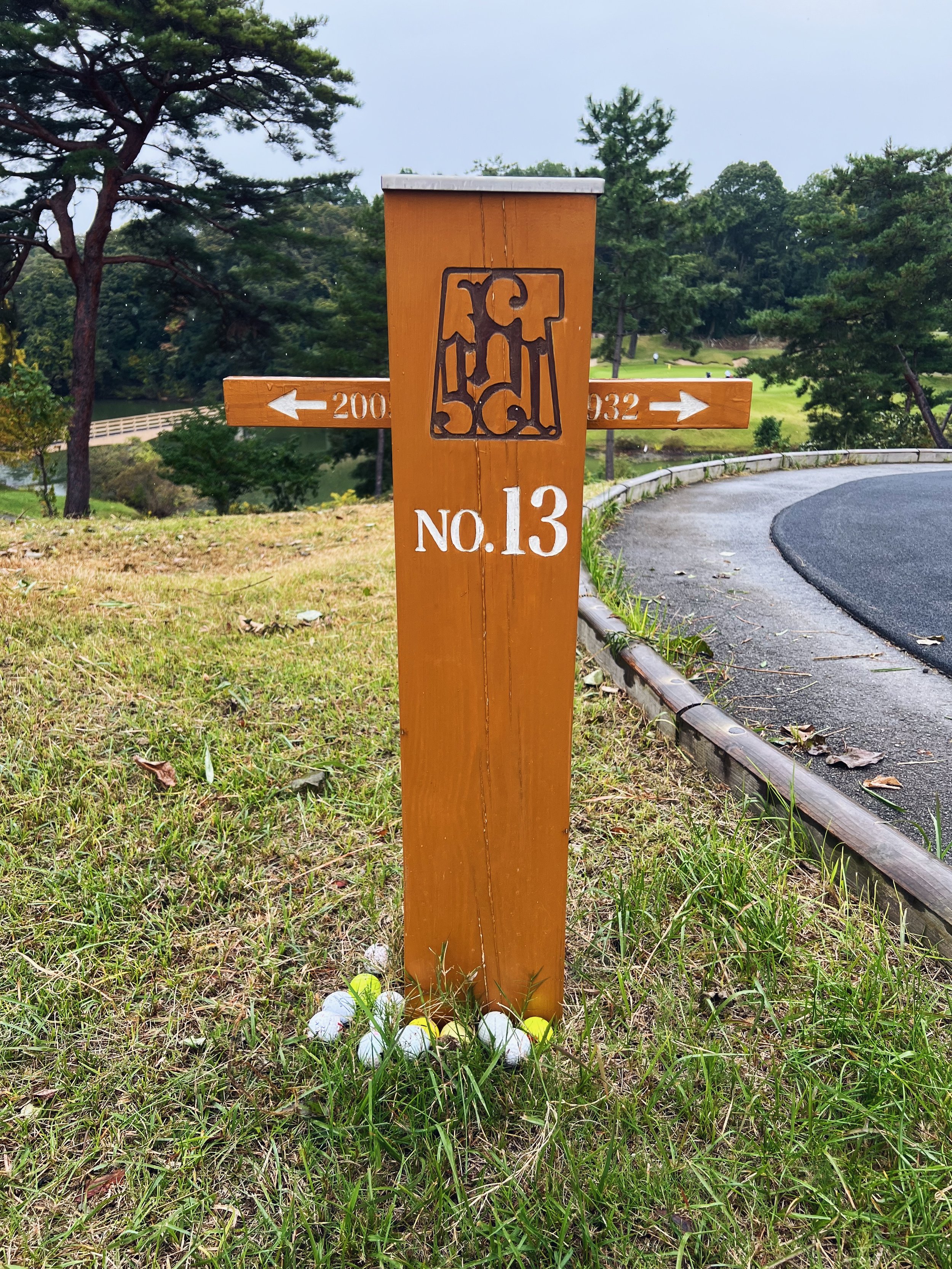The Magic of Golf in Japan
If you've never experienced golf in Japan, you're in for a treat. Imagine stepping onto a course where East meets West, tradition dances with modernity, and every round feels like a special occasion. Despite being home to over 20% of the world's golfers, Japanese golf culture remains something of a hidden gem to many international players.
The Architectural Legacy
Japanese golf course design is fascinating – it's like a perfectly balanced bento box of Eastern and Western influences. Back in the 1930s, British architect Charles Alison (Harry Colt's partner) left an indelible mark on the country, designing some of Japan's most celebrated courses. Hirono Golf Club, often called the "Pine Valley of Japan," stands as his masterpiece, while Kawana (Fuji) and Naruo Golf Club round out his impressive portfolio. Today, this rich heritage continues to evolve as modern masters like Gil Hanse (Tokyo Golf Club) and the duo of Coore and Crenshaw (Yokohama Country Club West) bring their restoration expertise to these classic layouts.
A Day at a Japanese Golf Club
Here's where things get really interesting. Golf in Japan isn't just about playing 18 holes – it's an all-day experience that offers a delightful escape from daily life. Picture this: You start your day with a perfectly brewed cup of coffee or tea, play your first nine holes, then break for lunch. This isn't your typical hot dog at the turn; it's a proper pause in the day, often used for business discussions or simply savoring the moment.
The formality might surprise Western golfers – those dress codes that some American clubs are famous for (like Garden City's blazer requirement or LACC's long pants rule) are just business as usual here. But don't let that intimidate you – it's all part of the experience.
Unique Features and Traditions
Ever heard of a course with two different greens for the same hole? While modern agronomy has made year-round grass management easier, some courses like Tokyo Golf Club maintain this fascinating tradition. They alternate between greens daily, essentially giving members two distinct ways to play the same course.
The caddie system here is something special too. Unlike the Western model of one caddie per player or two, Japanese courses typically assign one female caddie per group. These highly efficient professionals manage everyone's equipment – cleaning clubs, fixing pitch marks, and keeping those golf balls gleaming. They're masters of maintaining flow without being intrusive.
The Perfect Finish: Japan's Post-Round Ritual
One of the most memorable parts of Japanese golf culture happens after you sink your final putt. While many golf traditions around the world end with a handshake and a drink at the 19th hole, Japan takes post-round relaxation to another level. After your round, you'll be invited to experience the communal bath, or "ofuro." This isn't just a quick shower – it's a cherished ritual where the day's triumphs and mishaps dissolve away in the soothing hot water. Once you're refreshed and recharged, join your playing partners for a perfectly served drink of your choice. Whether it's a cold Japanese beer, premium whisky, or a refreshing soft drink, this final chapter of the day offers a chance to reflect on your round in a setting that feels worlds away from the typical clubhouse bar.
Timing is Everything
One quirk of Japanese golf culture is tied to the country's reliance on public transportation. Most courses wrap up their daily operations early, with final tee times rarely extending beyond 10:30 AM. By 4 PM, even the busiest clubs become peaceful sanctuaries, allowing staff and members to catch their trains home.
Next time you're planning a golf trip, consider Japan. It's where golf isn't just a game – it's a full-day ceremony that combines sport, hospitality, and tradition in a way you won't find anywhere else in the world.



















